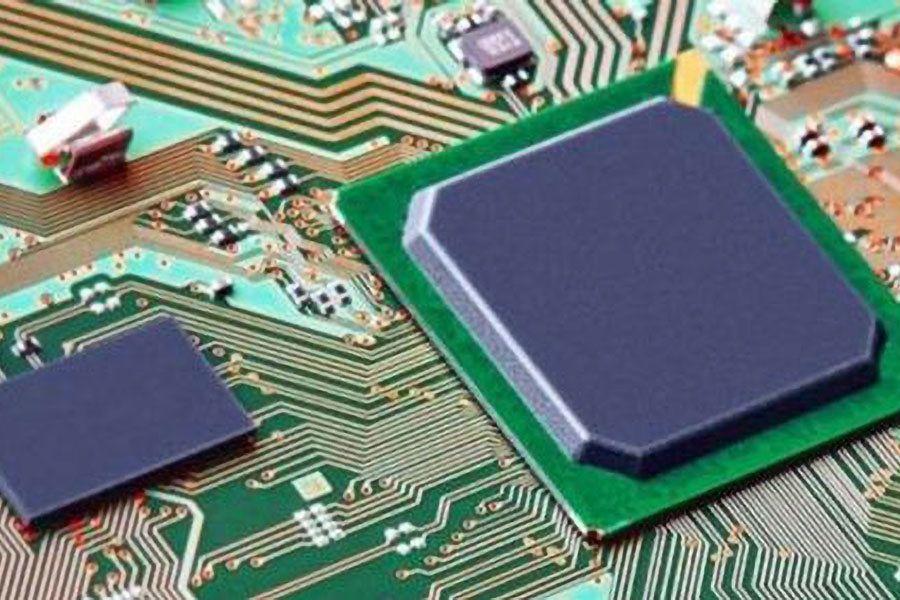
This article mainly describes the high-frequency PCB board wiring rules.
1. RF PCB Component arrangement rule
- 1) Under normal conditions, all components should be placed on the same side of the printed circuit. Only when the top component is too dense, some devices with limited height and low heat generation, such as chip resistors and patches, can be placed. Capacitors, ICs, etc. are placed on the bottom layer.
- 2). Under the premise of ensuring electrical performance, the components should be placed on the grid and arranged parallel or perpendicular to each other in order to be neat and beautiful. Under normal circumstances, the components are not allowed to overlap; the components are arranged in a compact manner, and the input and output components are kept as far as possible. .
- 3). There may be a high potential difference between a component or a wire, and their distance should be increased to avoid accidental short circuit due to discharge and breakdown.
- 4). Components with high voltage should be placed as far as possible in the place where the hand is not easily touched during commissioning.
- 5). The component at the edge of the board is at least 2 thick from the edge of the board.
- 6). The components should be evenly distributed and uniform on the entire surface.
2. Follow the signal to the RF PCB layout rules
- 1). The position of each functional circuit unit is usually arranged one by one according to the signal flow, centered around the core component of each functional circuit, and laid out around it.
- 2). The layout of the components should facilitate the flow of signals so that the signals are as consistent as possible. In most cases, the flow of signals is arranged from left to right or top to bottom. Components that are directly connected to the input and output should be placed close to the input and output connectors or connectors.
3. Prevention of RF PCB electromagnetic interference rules
- 1). For components with strong radiated electromagnetic fields and those sensitive to electromagnetic induction, the distance between them should be increased or shielded. The direction of the components should be crossed with adjacent printed conductors.
- 2). Try to avoid interlacing the devices with high and low voltage devices and strong and weak signals.
- 3). For components that generate magnetic fields, such as transformers, speakers, inductors, etc., care should be taken to reduce the cutting of the magnetic wires to the printed wires. The magnetic fields of adjacent components should be perpendicular to each other to reduce the coupling between them.
- 4). Shield the interference source and the shield should be well-grounded.
- 5). In circuits that operate at high frequencies, the effects of the distribution parameters between the components should be considered.
4. Suppress RF PCB thermal interference rules
- 1). For the heating element, it should be arranged in a position to facilitate heat dissipation. If necessary, a heat sink or a small fan can be separately provided to reduce the temperature and reduce the influence on adjacent components.
- 2). Some power-consuming integrated blocks, large or medium power tubes, resistors, and other components should be placed in a place where heat is easily dissipated and separated from other components.
- 3). The thermal element should be close to the component under test and away from the high-temperature area, so as not to be affected by other heating power equivalent elements, causing malfunction.
- 4) When placing components on both sides, the bottom layer is generally not placed with heating elements.
5. RF PCB Layout rules for adjustable components
For the layout of adjustable components such as potentiometers, variable capacitors, adjustable inductors or micro-switches, the structural requirements of the whole machine should be considered. If the machine is adjusted outside, the position should be adapted to the position of the adjustment knob on the chassis panel; In-machine adjustment should be placed on the printed circuit board for adjustment.




